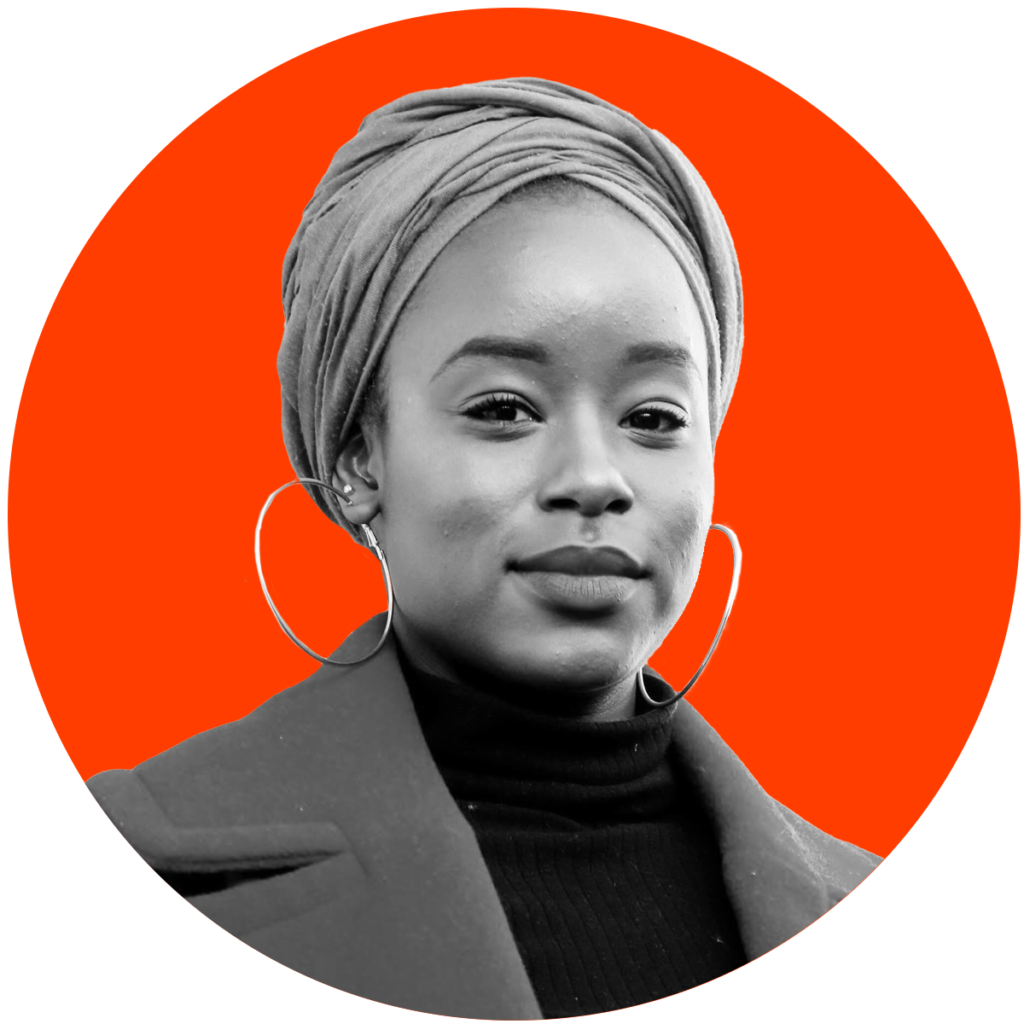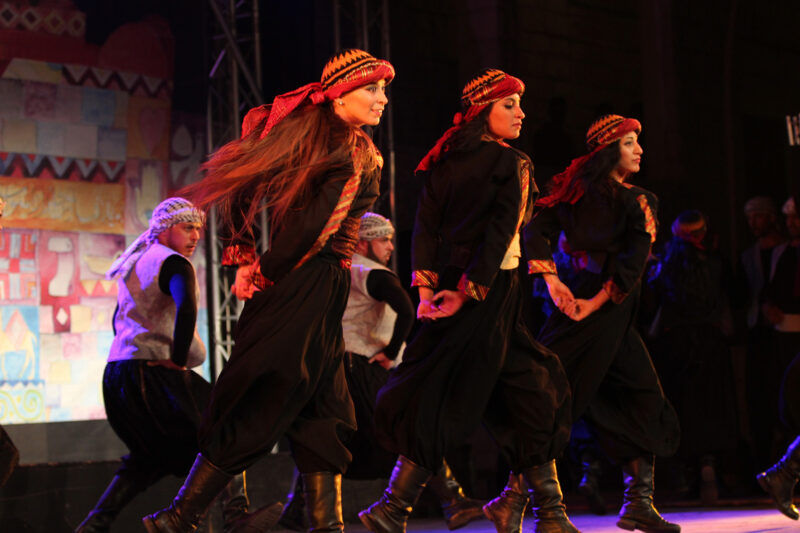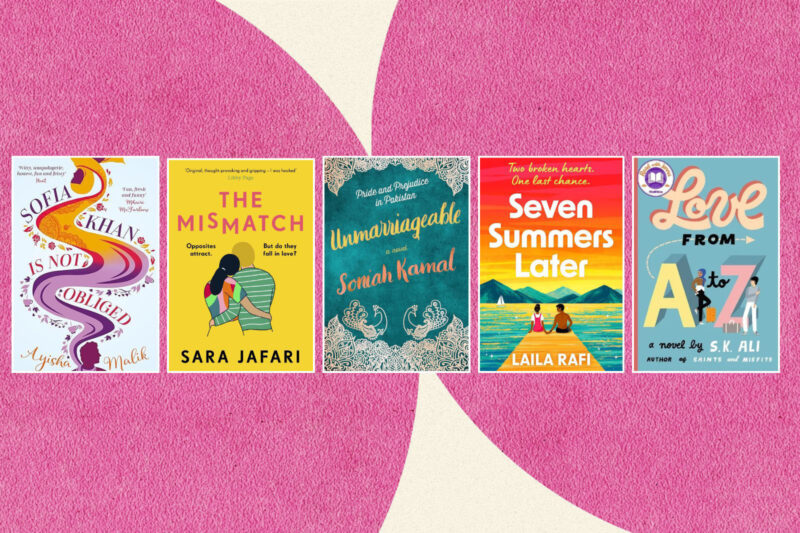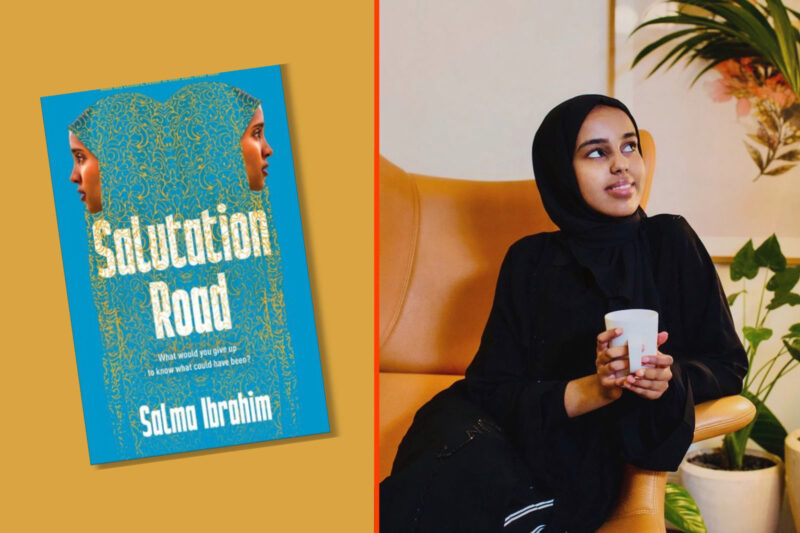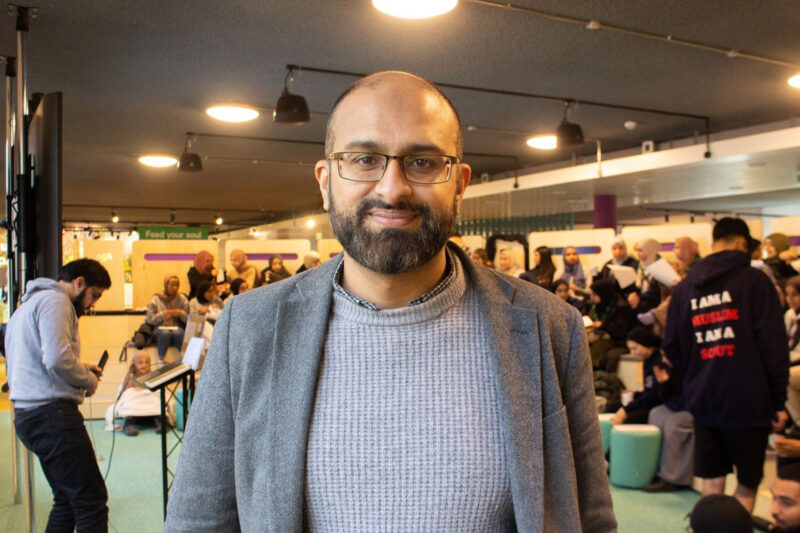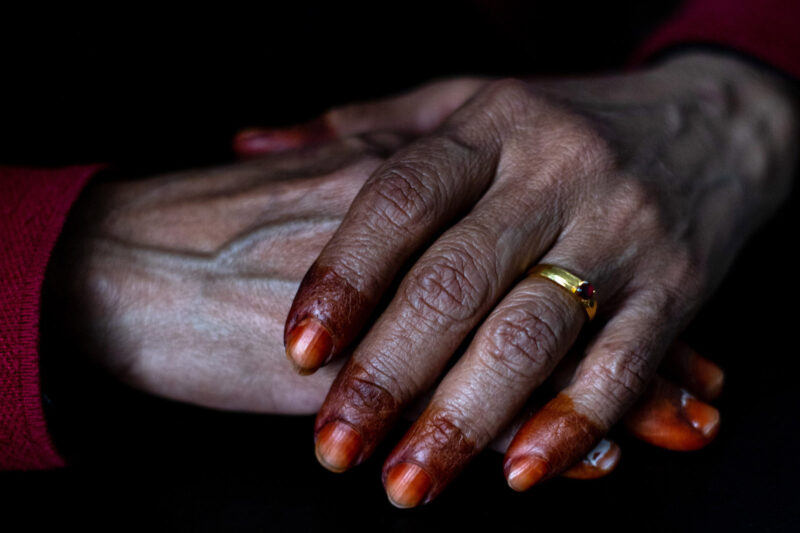
Zahra Hankir Q&A: ‘I’m channelling a little bit of Nefertiti and a little bit of Amy Winehouse’
Photograph courtesy of Zahra Hankir/Beowulf Sheehan
The Lebanese British author on how her new book about the history of eyeliner helped connect her to her heritage
Zahra Hankir is a Lebanese British journalist, who writes about culture, politics and society. The New York-based writer was born in the UK after her parents left Lebanon during the Civil War, she later returned to her home country in the 1990s. Hankir is the editor of Our Women on the Ground, a 2019 collection of essays by female Arab journalists — or sahafiyat — on what it’s like reporting on the Arab world.
Hankir’s latest book, Eyeliner, explores the intersection of beauty and power through this everyday beauty item. The author takes readers across the world, from ancient Egypt, Chad and Iran, to Jordan, India and Japan, in a compelling narrative mapping out the profound cultural and historical significance eyeliner holds across various communities in the global south.
This interview has been edited for length and clarity.
What inspired you to write a book about eyeliner?
As a young girl, I watched my mother apply kohl, which is eyeliner made from natural substances. She had six kids and chaos constantly swirling around her, but when she would apply her eyeliner, it was as if everything stood still. It wasn’t just about the transformative power of how it made her look, but also how it made her feel. When I wore eyeliner for the first time at 12-years-old, I felt like I had come into focus. It then became this object I was very attached to as it had a connection to my ancestry.
I later learned that eyeliner was a central part of Middle Eastern and Arab culture, and I realised I could do a cross-cultural, postcolonial study that could take readers around the world.
How does your relationship with eyeliner help define your personal history?
Eyeliner made me feel connected to my own culture, especially when I was living in the west as a young girl who felt quite othered. While I was wearing eyeliner in the west, I felt like I was conversing with my ancestors in the east and I continue to feel that today. Every morning when I apply my kohl, I’m celebrating my heritage. It also carries religious meaning too. To feel connected to something bigger than myself just by the act of stencilling my eyes is very profound to me.
Could you tell us about the religious significance of wearing eyeliner in Islam?
There are several hadiths that say that the prophet Muhammad used to wear a form of eyeliner, which is called ithmid. The prophet was said to have worn it and advised others to wear it themselves for medicinal purposes. There is also another hadith that says in paradise, your clothes will remain pristine, you won’t have any body hair, and you’ll be wearing kohl around your eyes.
Across the Muslim world, there are many communities that wear a form of eyeliner, to honour the prophet or to channel their religiosity. In some strict Muslim communities, you’ll see both men and women wearing it. In those communities, it’s not looked at as makeup, but as a form of expressing their religiosity.
Were there any surprising discoveries or unusual uses of eyeliner that you found out during your research for the book?
Across different cultures and religions, there’s a throughline that eyeliner carries a form of protection. In India, Bangladesh and Pakistan, parents apply kohl to their new born babies to protect against the evil eye or for health purposes. In ancient Japan, it was believed that red eye makeup would protect against the evil spirit. This belief has remained part of the aesthetic within the geisha community for the same reason.
Eyeliner is also used as a tool of defiance and self-expression in Iran, where women’s bodies are policed. Among the Mexican American Chola community, eyeliner can signify a celebration of Mexican heritage and a rejection of the pressure to assimilate into Anglo-American culture.
Your book demonstrates that in some cultures, the wearing of eyeliner signifies the upholding of certain values. Can you explain by giving me an example?
During my trip to Chad, I learned the Wodaabe, a subset of the Fulani ethnic group, consider beauty a part of their moral code. Kohl is considered central to their daily lives, not just to beautify the eyes, repel the sun or to treat the eyes of ailments, but also as a form of honouring that moral code.
You write about sometimes being likened to Nefertiti a few times when wearing eyeliner. Why does she continue to be so important?
I always think of Nefertiti as being the original beauty influencer. When her bust was discovered, there was an immediate fascination with her aesthetic because she had a stunningly beautiful, very symmetrical face and heavily lined eyes. Western women, particularly white women, were clamouring to emulate that look because of its “exoticism”. It was a form of fetishising, but not humanising. Being likened to Nefertiti kind of connected me to her because she’s a non-Western woman, she’s quite beguiling, and I also have some Egyptian ancestry myself.
What is the main message you want people to take away from your book?
I want to make it clear to people that when they are using eyeliner, this is an item of makeup that originates outside of the west. It originates in ancient Egypt and carries a profound meaning in the global south. It is not simply an aesthetic item, but carries spiritual significance. It also says a lot about one’s heritage.
For me, it’s a celebration of the contributions of communities of colour to the beauty industry. It is a product that is revered and considered sacred in many communities, and we should honour and respect that, and also offer credit where credit is due.
You’ve experimented with many eyeliner styles and products over the years. What is your favourite?
I call my aesthetic “ancestral chic”. Since I was 14, I have always applied natural kohl to my water line. I would always buy them from the souks in Sidon, my hometown in Lebanon, or other parts of the Middle East like Jordan. On my upper lid, I apply liquid eyeliner, which is a western eyeliner. It’s like the ancient meeting the modern, I’m channelling a little bit of Nefertiti and a little bit of Amy Winehouse. I like this idea of merging the two sides of me together.
 Newsletter
Newsletter

